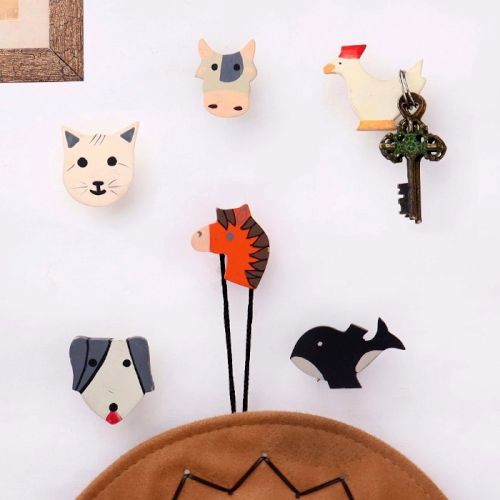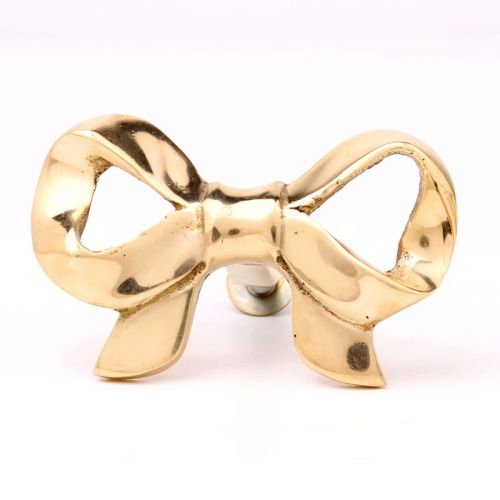-
Round Brass Tiffin Box Delicate Design Cross Pattern On lid With Handle And Latch
- ₹ 5,760.00
- 1 In Stock
-
Tall Brass Tiffin Box Three Level Or Container Thin Frame Indian Locking System
- ₹ 4,680.00
- 1 In Stock
-
Brass Tiffin Box With Three Containers With Thick frame And Traditional locking Syst...
- ₹ 3,690.00
- 1 In Stock
-
Old Brass Tiffin Box With Two Container And traditional lock On Brass Strap Frame
- ₹ 3,150.00
- 1 In Stock
Vintage Aesthetics of vintage lunch box
A vintage lunch box is a relic of time, a carrier of stories. Often made from tin, aluminum, or early plastics, these boxes once held home-cooked meals and dreams tucked inside wax paper. Their origins trace back to the late 19th and early 20th centuries when industrial workers and schoolchildren needed portable meal solutions. In India, the vintage tiffin emerged from colonial-era railway journeys, evolving into a symbol of homemade love. In the West, pop culture icons—like Superman or The Beatles—turned metal lunch boxes into collectible keepsakes. They weren’t just functional; they reflected the mood, aspirations, and aesthetic of their time. Today, when we hold one, we're not just touching steel or brass—we're touching a memory, a time capsule of nostalgia wrapped in art and utility.
How is a vintage lunch box different from modern or contemporary lunch containers?
A vintage lunch box, unlike its sleek, often mass-produced modern counterparts, is infused with charm, personality, and history. Where today’s containers lean into minimalism, microwave safety, and insulation technology, vintage boxes reflect artisanal craftsmanship and cultural storytelling. They weren't made to be stacked in a corporate fridge—they were meant to be seen, admired, carried with pride. The tactile quality is different too: the cool touch of tin, the creak of an old hinge, the weight of brass. Many were hand-painted or etched, giving them a soul of their own. Modern containers serve function; vintage ones serve feeling. There’s also a sustainability angle: older boxes were made to last, often passed down generations, while many contemporary options are built for short-term use. In essence, vintage lunch boxes aren’t just about carrying food. They carry a slice of the past, wrapped in form, function, and feeling.
What are the different styles or types of vintage lunch boxes?
Vintage lunch boxes span cultures and decades, each style echoing a particular social rhythm or lifestyle. There are the classic American tin lunch boxes from the 1950s and '60s, often rectangular with a handle and latch, decorated with cartoons, superheroes, or pop bands. In India, you’ll find the stacked brass or steel tiffins—cylindrical, compartmentalized boxes, often carried by dabbawalas across Mumbai’s bustling streets. Japanese bento boxes, though ornate and minimalist, also fit into this realm, traditionally crafted from wood or lacquerware. There are also enamelware boxes with floral patterns, picnic-style baskets with internal compartments, and military-style mess tins used in wartime Europe. Each style served a unique purpose, reflecting regional eating habits and cultural aesthetics. Whether ornately painted or starkly utilitarian, every vintage lunch box whispers something about the hands that made it and the hands that held it.
What materials are commonly used in vintage lunch boxes?
Vintage lunch boxes were built to endure—hence, their materials speak of resilience and tactility. Tin and steel were common in the West, chosen for their durability and ease of molding into angular shapes. These metals were often painted or embossed, giving the box a storybook quality. In India, brass and copper reigned supreme, especially in the tiffin-style lunch boxes. These metals not only maintained temperature but also had antimicrobial properties, subtly fusing health with tradition. Enamel-coated metal also saw a rise, particularly in mid-century Europe, bringing with it a charming blend of hygiene and floral flair. In Japan, lacquered wood was used for bento boxes, reflecting both cultural finesse and functionality. Even early plastics like Bakelite emerged in the 1940s and '50s, signaling a shift towards lighter, moldable designs. Each material carries its own character—a scent, a scratch, a memory forged in daily rituals.
What motifs or designs are common on vintage lunch boxes?
Vintage lunch boxes are time-stamped canvases, each adorned with motifs that captured the spirit of its era. In the West, especially during the '50s to '80s, lunch boxes doubled as pop culture billboards. Think bold illustrations of superheroes like Batman, cartoon characters like Snoopy, or bands like The Beatles. These weren’t just containers; they were statements of fandom and personality. In India, motifs leaned more toward floral patterns, geometric designs, or religious symbols—hand-etched or painted on brass or copper surfaces. Enamelware from Eastern Europe often featured pastoral scenes or intricate folk art. Japanese bento boxes might include delicate cherry blossoms or minimalist lines. Across cultures, the common thread is artistry and narrative. Unlike today's mass-produced, logo-heavy containers, vintage lunch boxes wore their stories proudly on their surfaces, blending aesthetic with everyday use in the most charming way.
Where can I buy authentic vintage lunch boxes online?
Finding authentic vintage lunch boxes online is a bit like treasure hunting—part patience, part instinct. Websites like Etsy and eBay are rich with individual sellers offering curated vintage items, often with detailed backstories and visible signs of age. For those interested in Indian tiffins or enamelware, platforms like IndianShelf, Revival Retail, or even curated Instagram stores can be great leads. Additionally, niche vintage marketplaces such as Chairish, Ruby Lane, or 1stDibs cater to high-quality collectibles, including old metalware and decor. Be cautious, though: authenticity lies in the details—look for patina, material consistency, and signs of wear that match the supposed age. Reading seller reviews and asking questions about provenance helps. If you're a purist, seek lunch boxes that haven't been overly restored; it’s the imperfections that make them real. After all, each scratch and dent is a sentence in a story that lunch box still wants to tell.
How can I incorporate a vintage lunch box into a modern lifestyle or kitchen setup?
A vintage lunch box can be a charming bridge between nostalgia and contemporary function. In your kitchen, it might serve as a storage box for tea bags, spices, or even dry snacks, turning everyday ingredients into something delightfully displayable. Some use them as plant holders, cutlery stands, or quaint jewelry boxes—breathing new life into old metal. For picnics or tiffin culture revival, they’re wonderfully photogenic, infusing aesthetic joy into a simple act of eating. Even in office settings, carrying one sets you apart, evoking both eco-consciousness and cultural depth. Their aged patina and unique shape create contrast in modern minimal spaces, acting almost like functional decor. The key is to let it be seen. Don’t hide it in a cabinet. Let it sit on your counter, on your desk, in your backpack. Let its presence tell its story while quietly blending into your present.
How are vintage lunch boxes preserved and celebrated today?
Preserving a vintage lunch box is akin to conserving a slice of domestic history. Collectors often clean them gently, avoiding harsh chemicals that could strip away original paint or patina. Some apply a coat of food-safe oil to brass or copper boxes to retain their sheen. In India, families sometimes still use age-old tiffins passed down generations—not just for meals, but for rituals and storytelling. Globally, design enthusiasts repurpose them in home decor, using them as organizers or art pieces. There are even museums and online communities that celebrate the aesthetic and cultural legacy of lunch boxes, archiving their design evolution and personal histories.
How is vintage Indian lunch box culture linked to sustainability?
Vintage Indian lunch boxes, especially the iconic multi-tiered tiffins, are perhaps one of the earliest examples of sustainable design. Made from durable metals like steel or brass, they were built to last lifetimes, eliminating the need for disposable packaging. Unlike today’s plastic containers or single-use lunch wrappers, these boxes embody a circular economy—wash, reuse, repeat. The dabbawala system in Mumbai still thrives on this principle, delivering thousands of home-cooked meals daily using these vintage carriers, without plastic, electricity, or tech. They promote local food, minimal waste, and cultural continuity. In a time where climate consciousness is key, these lunch boxes stand as reminders that tradition and sustainability can go hand in hand. Embracing them today isn’t just about nostalgia; it’s about re-rooting in practices that respected both food and the environment, long before it became a trend.
What are the best vintage Indian lunch box gift ideas?
Gifting a vintage Indian lunch box is like passing on a piece of history, a story forged in kitchens and carried through generations. A classic brass or copper tiffin makes a timeless gift, ideal for weddings, anniversaries, or housewarmings. You can pair it with handwoven napkins, organic spices, or handwritten recipes to add warmth. Enamelware boxes with floral patterns make for beautiful decorative gifts, especially for those who love vintage aesthetics. If the recipient enjoys cooking or slow living, consider curating a "lunch box memory kit"—include homemade pickles, a piece of traditional cloth, and a personal note sharing the box's history. For modern homes, a restored steel tiffin with a matte finish bridges utility and nostalgia. These aren’t just containers; they’re containers of culture, making every gift not just thoughtful, but soulful—a ritual in a ribbon-wrapped memory.
How can I identify an authentic vintage lunch box?
To identify an authentic vintage lunch box, start by noticing its material—older models often used tin, aluminum, or early plastic. Look for slight imperfections like faded paint, rust spots, or patina—these often speak louder than pristine finishes. Most vintage boxes carry manufacturer marks, copyright dates, or branding tied to cultural icons from a specific era (like 70s cartoons or 50s advertising). Check hinges, clasps, and handle designs—they were made sturdier and heavier back then. Authenticity often reveals itself in stories—was it made before mass-produced plastics took over? Does it whisper school-day tales or factory lunches packed with care? Trust your instinct and research the origin. True vintage items feel aged, not just styled to look old. It’s about time you can touch, not trend you can buy.
How do I clean and maintain vintage lunch boxes?
Cleaning vintage lunch boxes is as much about preservation as it is about care. Begin with a gentle dry cloth to remove dust. If there’s stubborn grime, use a soft sponge with diluted dish soap—no abrasives, ever. For rust, a dab of white vinegar on a cotton swab helps, but be patient; scrubbing can strip the story off its surface. Dry thoroughly to prevent moisture damage, especially around hinges. To maintain its charm, store it in a cool, dry place away from direct sunlight. If it’s metal, consider applying a touch of food-safe mineral oil to resist corrosion. Don’t repaint or polish aggressively—those chips and faded characters are its history. Maintenance is about honoring the years it’s seen, not making it look new. Think of it like caring for an heirloom: you’re not just keeping it clean—you’re keeping it alive.
How old does a lunch box need to be to be considered “vintage”?
The term “vintage” often hovers around the 20–30-year mark. A lunch box from the early 2000s might feel recent to some, but in collecting terms, it’s already on the threshold. The defining factor is not just age but cultural imprint—did it reflect a design era, a societal habit, or a nostalgic moment that has passed? A metal box with 80s cartoon characters or a tiffin from 70s India might both qualify. In contrast, an object from the 1910s would be considered “antique.” Vintage breathes from the space where function meets memory—when something once practical becomes evocative. If the lunch box tells a story from another time, holds signs of a slower, more tactile world, or features materials no longer in use—it likely qualifies as vintage. Age alone is not the measure; it’s the feel of time that counts.
Can I use vintage lunch boxes for everyday food storage or packing?
Yes, but with a thoughtful approach. Many vintage lunch boxes were made with materials no longer considered food-safe—lead-based paint, rust-prone tin, or degraded plastics. If you intend to use them daily, line them with modern food-grade containers or wrap items well in parchment or cloth. Using vintage boxes for dry or packaged snacks (like biscuits, fruits, or sandwiches wrapped in butter paper) is safer. Some people repurpose them for aesthetic lunches, special events, or as part of a themed workspace. Functionality is possible, but preservation is key—daily use may accelerate wear. Think of it as walking in vintage shoes: beautiful, yes—but they weren’t made for concrete commutes. For conscious consumers, vintage lunch boxes can become symbols of sustainability and slower living. Just balance the charm of reuse with modern hygiene standards.
What’s the difference between vintage and antique lunch boxes?
It lies in age and intention. “Antique” typically refers to items over 100 years old. These lunch boxes were likely hand-crafted or made in the early industrial era, carrying with them the aesthetics and build of pre-modern society. “Vintage,” on the other hand, spans from 20 to 99 years—items born in mid-century factories, influenced by pop culture, radio jingles, and lunch hour nostalgia. A vintage lunch box may showcase Mickey Mouse or carry a Thermos; an antique one might be a brass tiffin or an old army field box. The charm of vintage is often in its familiarity—it reminds us of our grandparents, not great-great-grandparents. Antique leans toward artifact; vintage leans toward nostalgia. One is a museum whisper; the other, a family photo. Both hold value, but their stories come from different chapters of time.
Are vintage metal or enamelware lunch boxes safe for modern food use?
They can be—but only under certain conditions. Many vintage metal and enamelware boxes were made before modern food safety regulations. If the enamel is chipped or cracked, it can leach chemicals or allow rust to form. Old tin boxes may contain lead-based paint, especially if they’re vibrantly colored or printed. Always test for lead or consult an expert if you're unsure. That said, many collectors safely use these boxes by lining them with parchment, beeswax wraps, or nested modern containers. Enamelware, when intact and unchipped, is relatively safe and even stylish. The key is mindfulness—use them in ways that protect both your health and the object’s integrity. Think picnic lunches, dry snacks, or storage of non-food items. Let the box add character to your routine, not risk.
How do I restore or preserve old vintage lunch boxes?
Restoring a vintage lunch box is like restoring a memory—you want to revive, not rewrite. Start gently: clean with a damp cloth and mild soap. For rust, a mix of baking soda and water applied with a soft brush can help. Don’t sand unless necessary; you may remove original paint or imagery. Hinges and locks can be oiled lightly to maintain function. For preservation, store in a low-humidity environment, preferably wrapped in acid-free tissue. Avoid stacking heavy objects on them. If displaying, use stands or wall mounts to avoid wear. Restoration can include sealing worn spots with food-safe enamel or applying a thin layer of museum wax for shine and protection. But the golden rule? Less is more. Let the dings and dents tell their story. Restoration should feel like listening closely—not talking over.
Is a vintage lunch box suitable for use in small kitchens or while traveling?
Absolutely—and perhaps more so because of its compact design and multi-functionality. Vintage lunch boxes, especially those from mid-century eras, were designed for portability: workers, students, and soldiers carried them daily. Their firm builds make them reliable carriers. In small kitchens, they become functional decor—holding spices, dry snacks, tea packets, or even cutlery. While traveling, they serve as charming organizers or dry food carriers. But do keep in mind their fragility—older materials may dent or scratch easily, so treat them with care. Some prefer to use them as outer shells, placing modern containers inside. They’re also conversation starters on a train, plane, or picnic. It’s not just a box—it’s a traveling time capsule. Their very presence adds a nostalgic ritual to your everyday routine, which in our fast-paced world, might be the pause we didn’t know we needed.
What’s the average cost of a vintage lunch box or complete set?
The price varies widely, depending on age, rarity, brand, and condition. On average, a single vintage metal lunch box might range from INR 800 to INR 3000, while enamel or cartoon-themed ones from the 60s or 70s can fetch anywhere between INR 4000 to INR 10,000 or more. If a Thermos or original accessory is included, the set becomes more collectible, pushing the price even higher. Indian-style vintage tiffins made of brass or copper, depending on craftsmanship, can cost INR 1500 to INR 6000. Online platforms, local antique shops, and curated flea markets often set the tone for pricing. That said, value is not just monetary—it’s emotional. A lunch box used by a railway worker in the 50s may not cost much, but its story is priceless. When buying, don’t just ask, "How much?" Ask, "From when? From where? And for whom?"
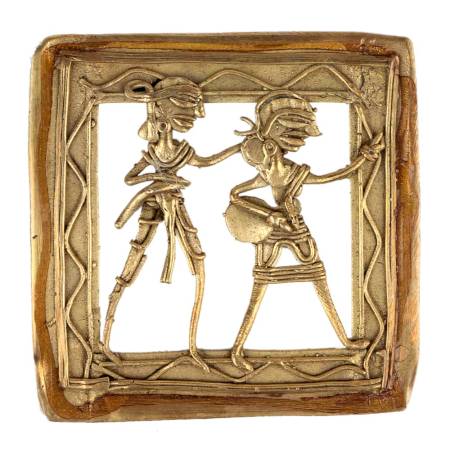
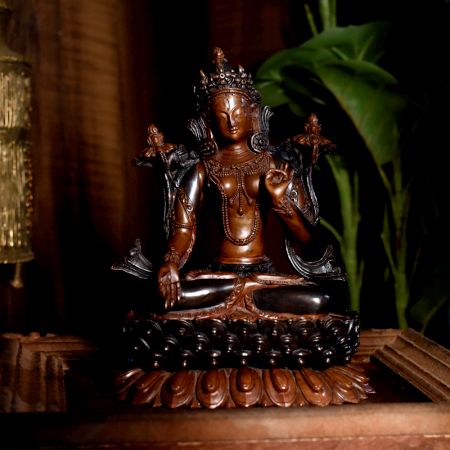
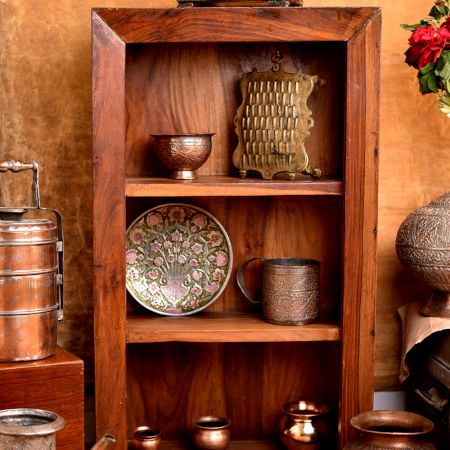
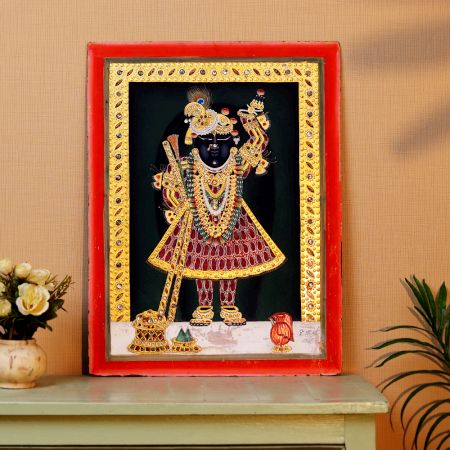
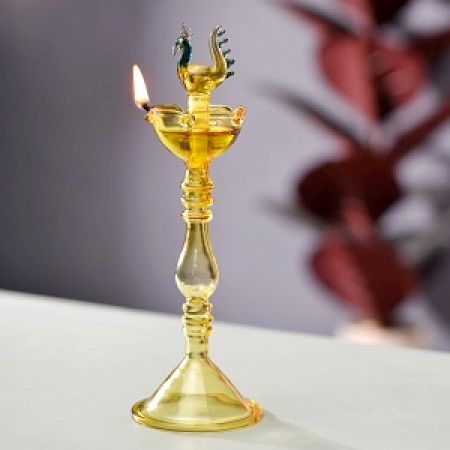
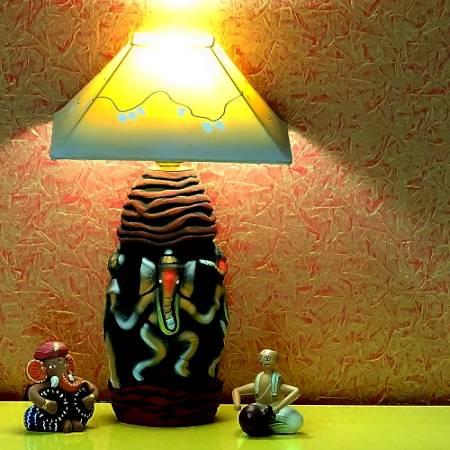
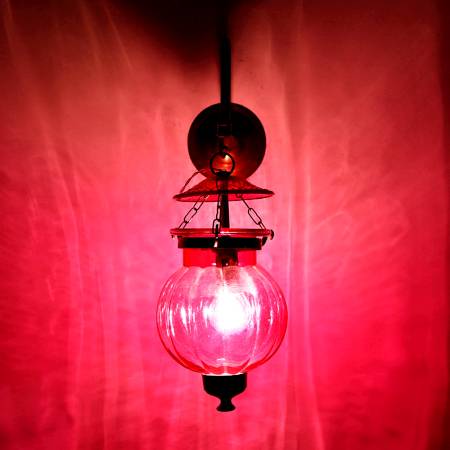

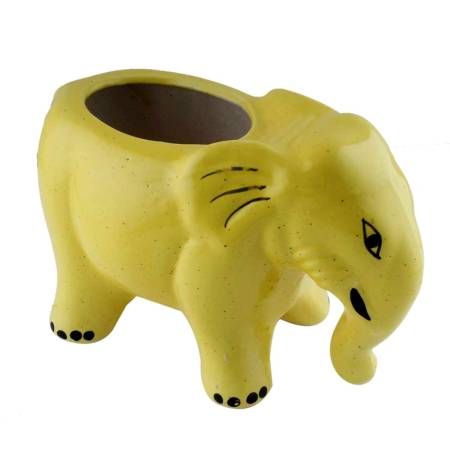
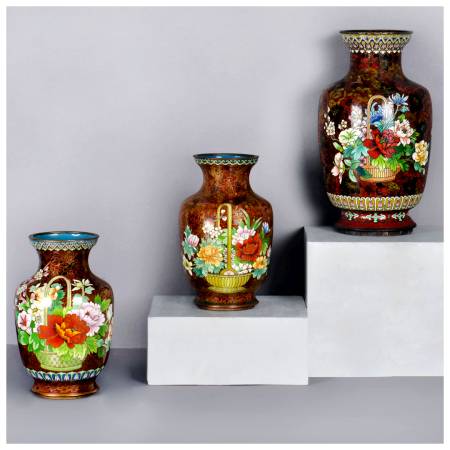
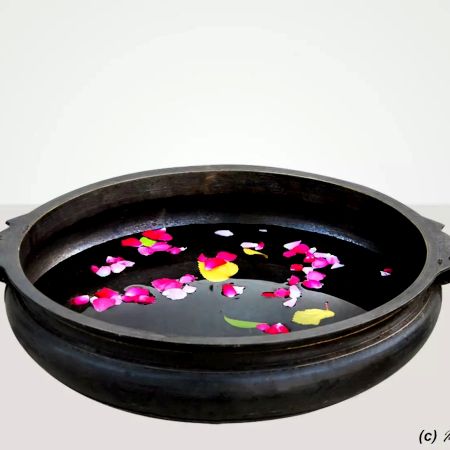
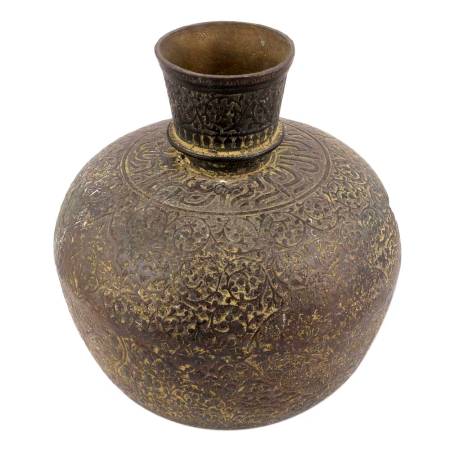
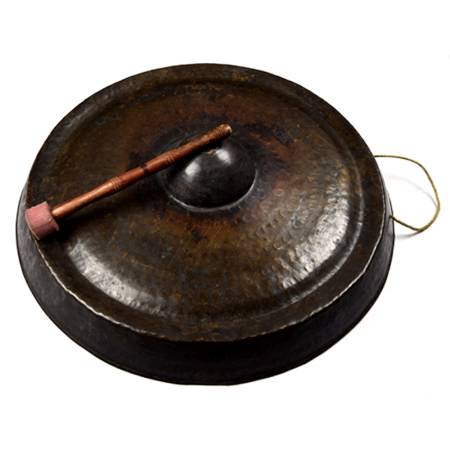

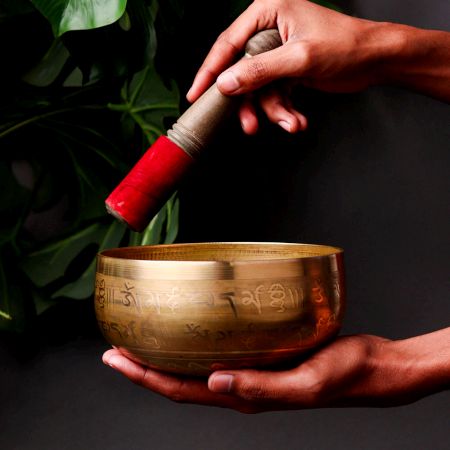
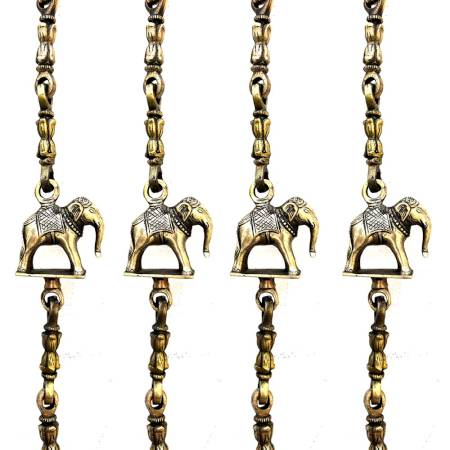
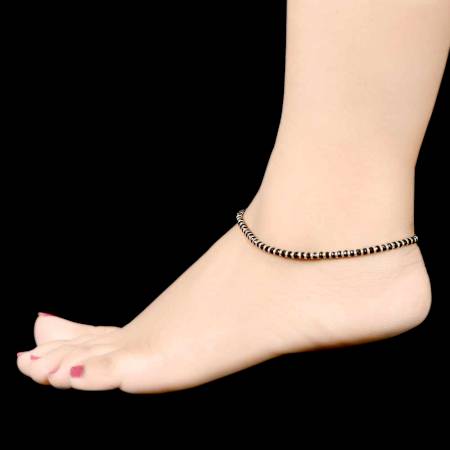
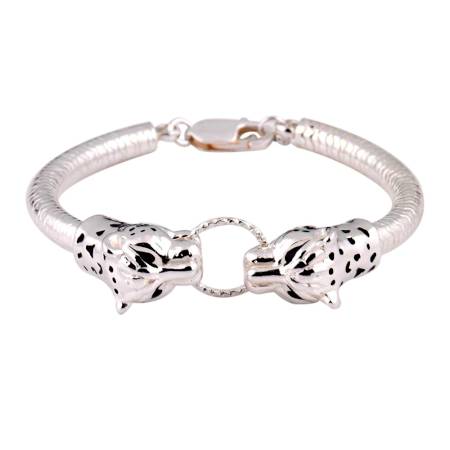
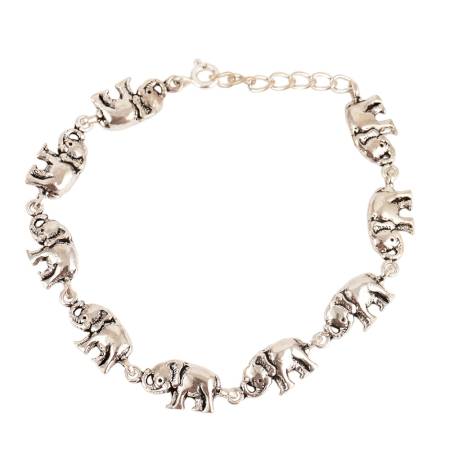
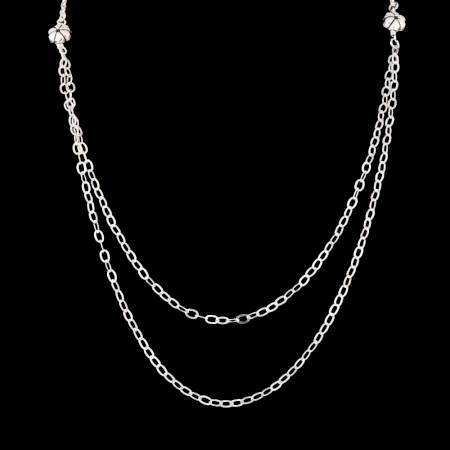
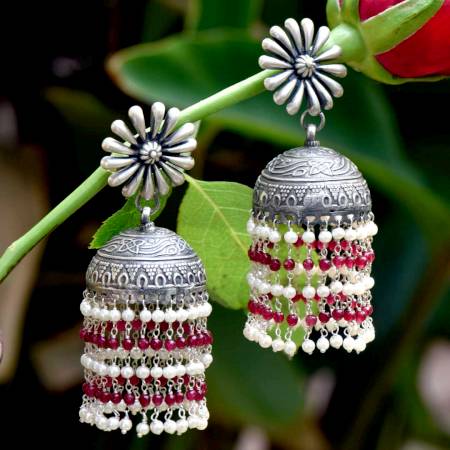
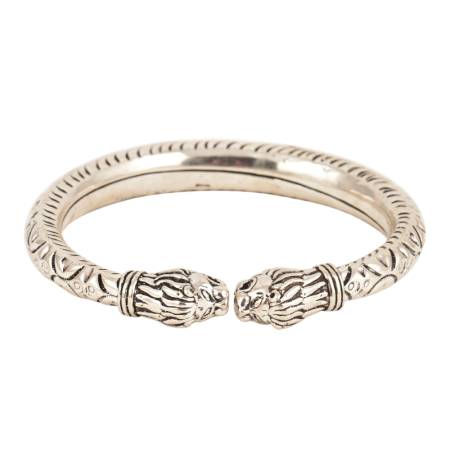
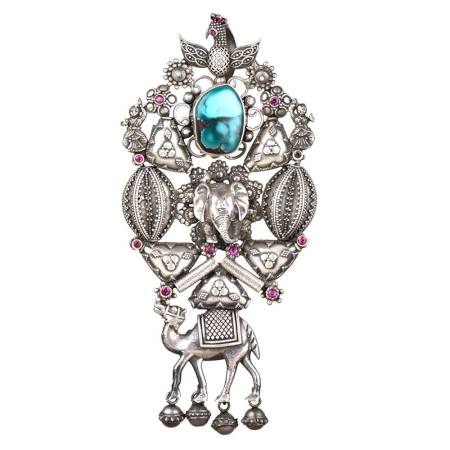
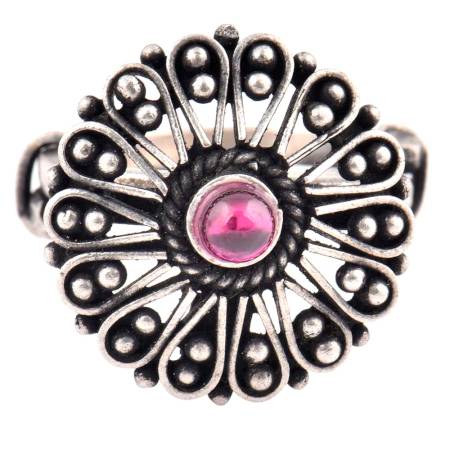
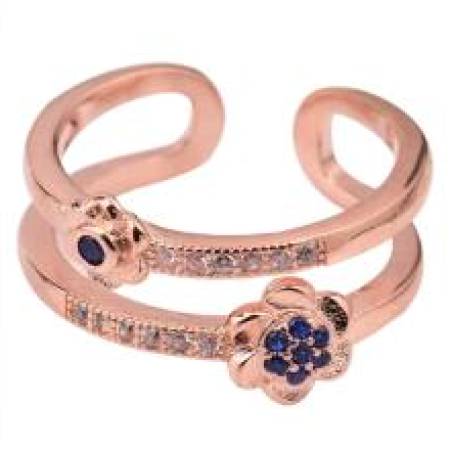
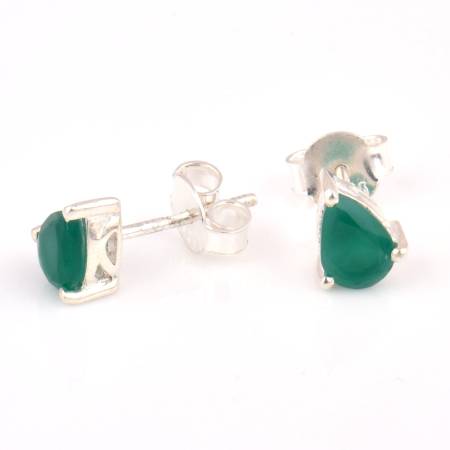

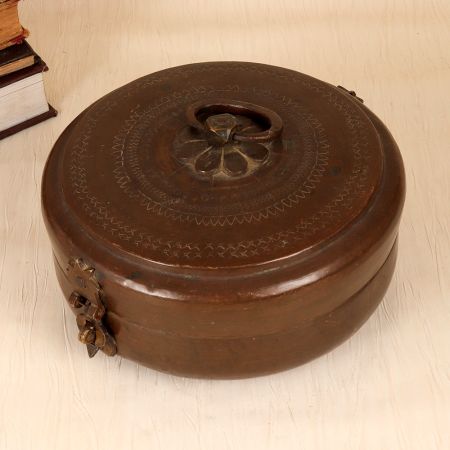
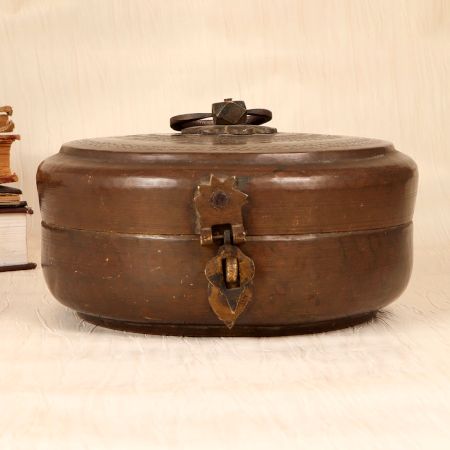




.JPG?ver=1.7)
.JPG?ver=1.7)
.JPG?ver=1.7)
.JPG?ver=1.7)
.JPG?ver=1.7)
.JPG?ver=1.7)
.JPG?ver=1.7)
.JPG?ver=1.7)
.JPG?ver=1.7)
.JPG?ver=1.7)
.JPG?ver=1.7)
.JPG?ver=1.7)
.jpg?ver=1.7)
.jpg?ver=1.7)
.jpg?ver=1.7)
.jpg?ver=1.7)
.jpg?ver=1.7)
.jpg?ver=1.7)
.JPG?ver=1.7)
.JPG?ver=1.7)
.JPG?ver=1.7)
.JPG?ver=1.7)
.JPG?ver=1.7)
.JPG?ver=1.7)
.JPG?ver=1.7)
.JPG?ver=1.7)
.JPG?ver=1.7)
.JPG?ver=1.7)
.JPG?ver=1.7)
.JPG?ver=1.7)
.JPG?ver=1.7)
.JPG?ver=1.7)
.JPG?ver=1.7)
.JPG?ver=1.7)
.JPG?ver=1.7)
.JPG?ver=1.7)
.jpg?ver=1.7)
.jpg?ver=1.7)


.JPG?ver=1.7)
.JPG?ver=1.7)
.JPG?ver=1.7)
.JPG?ver=1.7)
.JPG?ver=1.7)
.JPG?ver=1.7)
.JPG?ver=1.7)
.JPG?ver=1.7)
.JPG?ver=1.7)
.JPG?ver=1.7)
.JPG?ver=1.7)
.JPG?ver=1.7)
.JPG?ver=1.7)
.JPG?ver=1.7)
.JPG?ver=1.7)
.JPG?ver=1.7)
.JPG?ver=1.7)
.JPG?ver=1.7)
.JPG?ver=1.7)
.JPG?ver=1.7)
.JPG?ver=1.7)
.JPG?ver=1.7)
.JPG?ver=1.7)
.JPG?ver=1.7)
.JPG?ver=1.7)
.JPG?ver=1.7)
.JPG?ver=1.7)
.JPG?ver=1.7)
.JPG?ver=1.7)
.JPG?ver=1.7)
.JPG?ver=1.7)
.JPG?ver=1.7)
.JPG?ver=1.7)
.JPG?ver=1.7)
.JPG?ver=1.7)
.JPG?ver=1.7)
.JPG?ver=1.7)
.JPG?ver=1.7)
.JPG?ver=1.7)
.JPG?ver=1.7)
.JPG?ver=1.7)
.JPG?ver=1.7)
.JPG?ver=1.7)
.JPG?ver=1.7)
.JPG?ver=1.7)
.JPG?ver=1.7)
.JPG?ver=1.7)
.JPG?ver=1.7)
.JPG?ver=1.7)
.JPG?ver=1.7)
.JPG?ver=1.7)
.JPG?ver=1.7)
.JPG?ver=1.7)
.JPG?ver=1.7)
.JPG?ver=1.7)
.JPG?ver=1.7)
.JPG?ver=1.7)
.JPG?ver=1.7)
.JPG?ver=1.7)
.JPG?ver=1.7)
.JPG?ver=1.7)
.JPG?ver=1.7)
.jpg?ver=1.7)
.jpg?ver=1.7)
.jpg?ver=1.7)
.jpg?ver=1.7)
.JPG?ver=1.7)
.JPG?ver=1.7)
.JPG?ver=1.7)
.JPG?ver=1.7)
.JPG?ver=1.7)
.JPG?ver=1.7)
.JPG?ver=1.7)
.JPG?ver=1.7)
.JPG?ver=1.7)
.JPG?ver=1.7)
.JPG?ver=1.7)
.JPG?ver=1.7)
.JPG?ver=1.7)
.JPG?ver=1.7)
.JPG?ver=1.7)
.JPG?ver=1.7)
.JPG?ver=1.7)
.JPG?ver=1.7)
.JPG?ver=1.7)
.JPG?ver=1.7)
.JPG?ver=1.7)
.JPG?ver=1.7)
.JPG?ver=1.7)
.JPG?ver=1.7)
.JPG?ver=1.7)
.JPG?ver=1.7)
.JPG?ver=1.7)
.JPG?ver=1.7)
.JPG?ver=1.7)
.JPG?ver=1.7)
.JPG?ver=1.7)
.JPG?ver=1.7)
.JPG?ver=1.7)
.JPG?ver=1.7)
.JPG?ver=1.7)
.JPG?ver=1.7)
.JPG?ver=1.7)
.JPG?ver=1.7)
.JPG?ver=1.7)
.JPG?ver=1.7)
.JPG?ver=1.7)
.JPG?ver=1.7)
.JPG?ver=1.7)
.JPG?ver=1.7)
.JPG?ver=1.7)
.JPG?ver=1.7)
.JPG?ver=1.7)
.JPG?ver=1.7)
.JPG?ver=1.7)
.JPG?ver=1.7)
.JPG?ver=1.7)
.JPG?ver=1.7)
.JPG?ver=1.7)
.JPG?ver=1.7)
.JPG?ver=1.7)
.JPG?ver=1.7)
.JPG?ver=1.7)
.JPG?ver=1.7)
.JPG?ver=1.7)
.JPG?ver=1.7)
.JPG?ver=1.7)
.JPG?ver=1.7)
.JPG?ver=1.7)
.JPG?ver=1.7)
.JPG?ver=1.7)
.JPG?ver=1.7)
.JPG?ver=1.7)
.JPG?ver=1.7)
.JPG?ver=1.7)
.JPG?ver=1.7)
.JPG?ver=1.7)
.JPG?ver=1.7)
.JPG?ver=1.7)
.JPG?ver=1.7)
.JPG?ver=1.7)
.JPG?ver=1.7)
.JPG?ver=1.7)
.JPG?ver=1.7)
.JPG?ver=1.7)
.JPG?ver=1.7)
.JPG?ver=1.7)
.JPG?ver=1.7)
.JPG?ver=1.7)
.JPG?ver=1.7)
.JPG?ver=1.7)
.JPG?ver=1.7)
.JPG?ver=1.7)
.JPG?ver=1.7)
.JPG?ver=1.7)
.JPG?ver=1.7)
.JPG?ver=1.7)
.JPG?ver=1.7)
.JPG?ver=1.7)
.JPG?ver=1.7)
.JPG?ver=1.7)
.JPG?ver=1.7)
.JPG?ver=1.7)
.JPG?ver=1.7)
.JPG?ver=1.7)
.JPG?ver=1.7)
.JPG?ver=1.7)
.JPG?ver=1.7)
.JPG?ver=1.7)
.JPG?ver=1.7)
.JPG?ver=1.7)
.JPG?ver=1.7)
.JPG?ver=1.7)
.JPG?ver=1.7)
